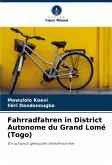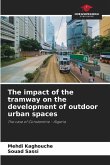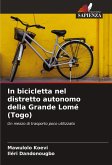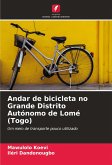Since 2000, cities in sub-Saharan Africa have been undergoing metropolization marked by urban sprawl and increasing human concentration, posing major mobility challenges. To meet these challenges, public authorities have initiated road infrastructure development policies. Between 2010 and 2018, 810 km of roads were upgraded in the Greater Lomé Autonomous District. However, cyclists are poorly represented and marginalized during these works. This study aims to understand the reasons for the low use of bicycles in this metropolis and to propose strategies for improving this soft mode of transport. The methodology combines a literature review on cycling mobility and field analyses based on observations, surveys and interviews. The main obstacles identified were oppressive heat, longer distances between the city center and the outskirts, negative perceptions of cycling, and the absence of bicycle lanes. Currently, 99.37% of the city's streets have no bicycle lanes, and those that do exist are often impassable.
Bitte wählen Sie Ihr Anliegen aus.
Rechnungen
Retourenschein anfordern
Bestellstatus
Storno








